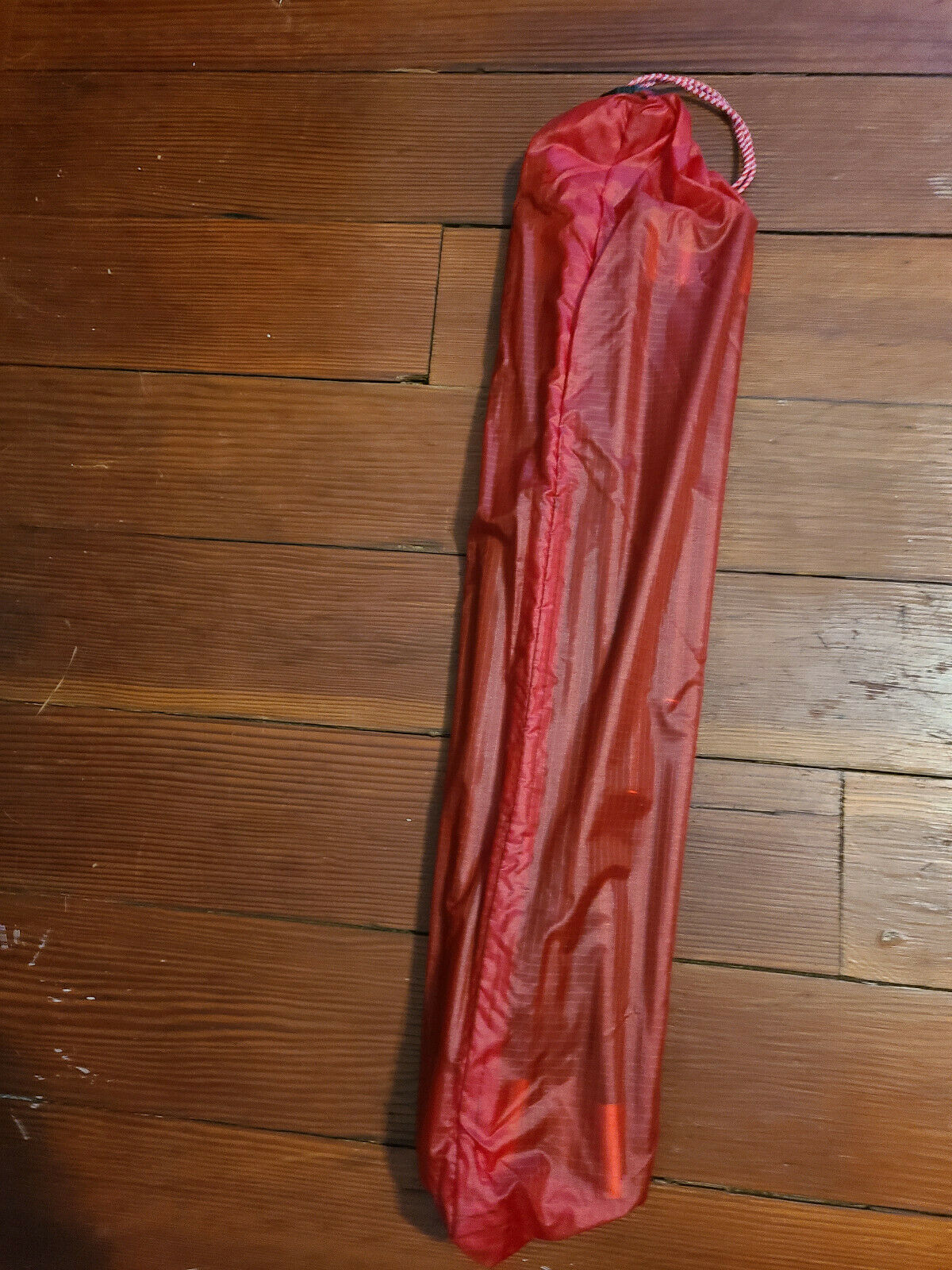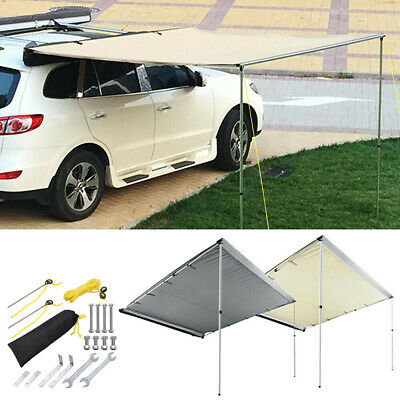-40%
Hilleberg Nammatj 3 - 3 Person 4 Season Tent
$ 316.8
- Description
- Size Guide
Description
The Nammatjis a master of both high and low country, equally suited for a high altitude expedition or a weekend walk in the local hills. This robust all-season, all-arounder pitch quickly and easily, can be taken down and moved in a flash, yet are far stronger and lighter than any other tent in their class.
Because of it's superb strength to weight ratio and compact footprints, the Nammatj has become immensely popular with extreme users, such as polar travelers looking to save weight, mountaineers doing remote routes in the highest ranges, professional guides, and military special forces teams. But these same characteristics are just as highly prized by more “regular” users, as well: backpackers, cycle and paddle tourers, and anyone needing maximum strength while reducing weight.
“Nammatj” is the Sami word for a lone mountain standing at the head of a valley.
Background about the Nammatj:
The Nammatj models
have long been the quiet workhorses in the Hilleberg line. But the story of the Nammatj really begins with the Keron. Introduced in both 3- and 4-person versions in 1981, the two-vestibule Keron featured both the linked but separable inner and outer tents and the very strong silicone-coated outer tent fabric that are still the fundamental elements of all our tents. “The Keron models were very popular,” says Bo, “but we wanted to build a tent that was just as strong, but was lighter, and was made for two people.” Capitalizing on the Keron’s functionality, Bo used its architecture as a starting point, and came up with a single entrance “version,” which was released as the original Nammatj in 1983.
Looking at the Keron and Nammatj side by side, one might think that the development process would have been simple: merely “cut off” one vestibule from the Keron and make it a bit narrower, and, voila, the Nammatj. “It does seem like it would be easy,” laughs Bo, “but it was not. We had to develop the optimal space between the poles, figure out the angle of the back inner tent wall, and then make sure that the gap between the inner and outer tents at that sloping rear wall stayed correct. That original Nammatj was a completely new tent.
The Nammatj’s compact footprint and simplicity made it popular with everyone from mountaineers to ski tourers to backpackers – and with Bo himself. “I used the Nammatj often,” he says. “When we had a dog, I would take the Nammatj when he and I would go backpacking, and he slept inside.” It also became – as the Nammatj 2 is today – an excellent choice for solo trips in demanding, exposed conditions. Even now, says Bo, “if I go on longer, harder ski tours in the winter, for 2 people, I will take a Keron 3. But when I go on my own, I often take a Nammatj 2, because it is roomy, very strong and stable, and quite light. It’s fantastic!”
In 1988, we introduced our extended vestibule concept on both the Keron 3 and 4 and the Nammatj. We also added an external vent to the back wall of the Nammatj and Nammatj GT. In 1995, we christened the Nammatj the Nammatj 2, and introduced the 3-person Nammatj 3 and Nammatj 3 GT. Both were instant hits. 1997 saw improved ventilation with the addition of a triangular mesh panel vent on the inner tent that could be covered with an adjustable fabric panel. In 2006, we redesigned the GT vestibule on both Keron and Nammatj GT models with a more functional entrance configuration and a removable mesh door.
The Nammatj and Nammatj GT models have always been stalwart choices for any adventure, thanks to their unique blend of robust performance, generous space and light weight. They excel for very long trips in the most demanding conditions, are light enough for extended mobile adventures in any terrain or condition, yet are also strong enough for some base camp use. Both have been enthusiastically embraced by mountaineers climbing in Alaska (especially on Denali), in the Alps, in the Himalayas, and in Patagonia. Both are often chosen by military units, and both, along with the Keron and Keron GT models, have become the de facto standard for polar adventures. “There are some in the company who believe the Nammatj models are our most versatile tents,” says Bo. “Big mountain climbers and arctic travelers use them, but they are also a great choice for year-round backpacking, for ski touring, or for paddling trips.” Indeed, their simplicity and strength make them perfect for anyone who wants a tent with excellent comfort and ventilation to take climbing, backpacking, cycle and paddle touring, even car camping – or on a polar expedition, for that matter – and never have to worry about either the weight, the roominess, or the strength.
*Note* Tent does not include original stakes

















